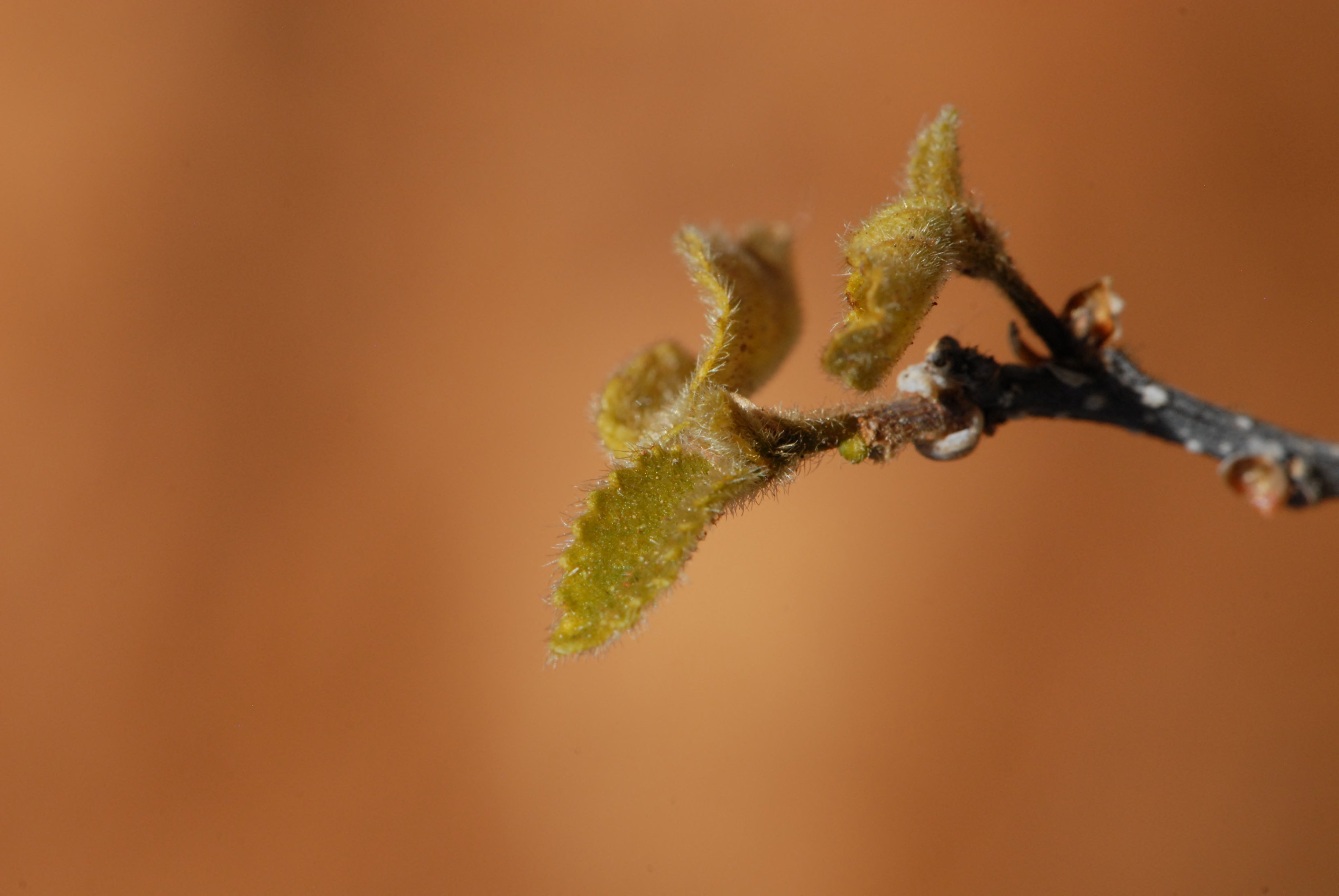Adansonia is a fully refereed, international, electronic open access journal in botanical research devoted to the inventory, analysis and interpretation of vascular plants biodiversity, and covering subjects such as systematics and related fields: morphology, anatomy, biology, ecology, phylogeny, biogeography, etc.
It provides immediate free open access to its content on the principle that making research freely available to the public supports and encourages a greater global exchange of knowledge.
Journal history
Adansonia, série 3 continues as from 1997 the Bulletin du Muséum national d’Histoire naturelle, 4ème série – section B, Adansonia : Botanique, phytochimie (1981-1996). The 1st series corresponds to: Adansonia, recueil périodique d’observations botaniques (1860-1879); the 2nd series to Adansonia nouvelle série (1961-1981). From 2018, Adansonia is published online only with a continuous flow of publication (fast-track).
Journal data
From its launch, Adansonia has committed to ensuring the findability, accessibility, interoperability, and reusability (FAIR principles) of its data.
In 2017, the journal partnered with Swiss-based organization Plazi to retroconvert the metadata of articles published in PDF format, along with the taxonomic treatments and material citations they contain, into XML Taxpub format. To ensure adequate granularity, the journal adopted a new standard for formatting the material (Chester et al. 2019). The articles, as well as the associated treatments, figures, and metadata, are deposited in the Biodiversity Literature Repository (Zenodo) to be disseminated across various relevant data infrastructures, such as GBIF and Catalogue of Life, and the shared ChecklistBank.
However, it should be noted that this workflow has certain limitations. The retroconversion of an unstructured article, despite the use of quality control tools, may lead to slight discrepancies. GBIF has introduced a feedback mechanism for each material citation, allowing users to alert Plazi about erroneous conversions, which will be corrected in due course. Catalogue of Life users and editors regularly check the data quality of the taxonomic data from digitized literature and report issues to the Plazi team as well.
To prevent discrepancies and enrich articles, the Muséum national d’Histoire naturelle, Paris (publisher of the journal) initiated the development of a new workflow based on the XML-first approach (MetoTaxa), in collaboration with Plazi and the University of Caen-Normandie. After several years of development, testing, and improvements, the tool will be released in 2025.
